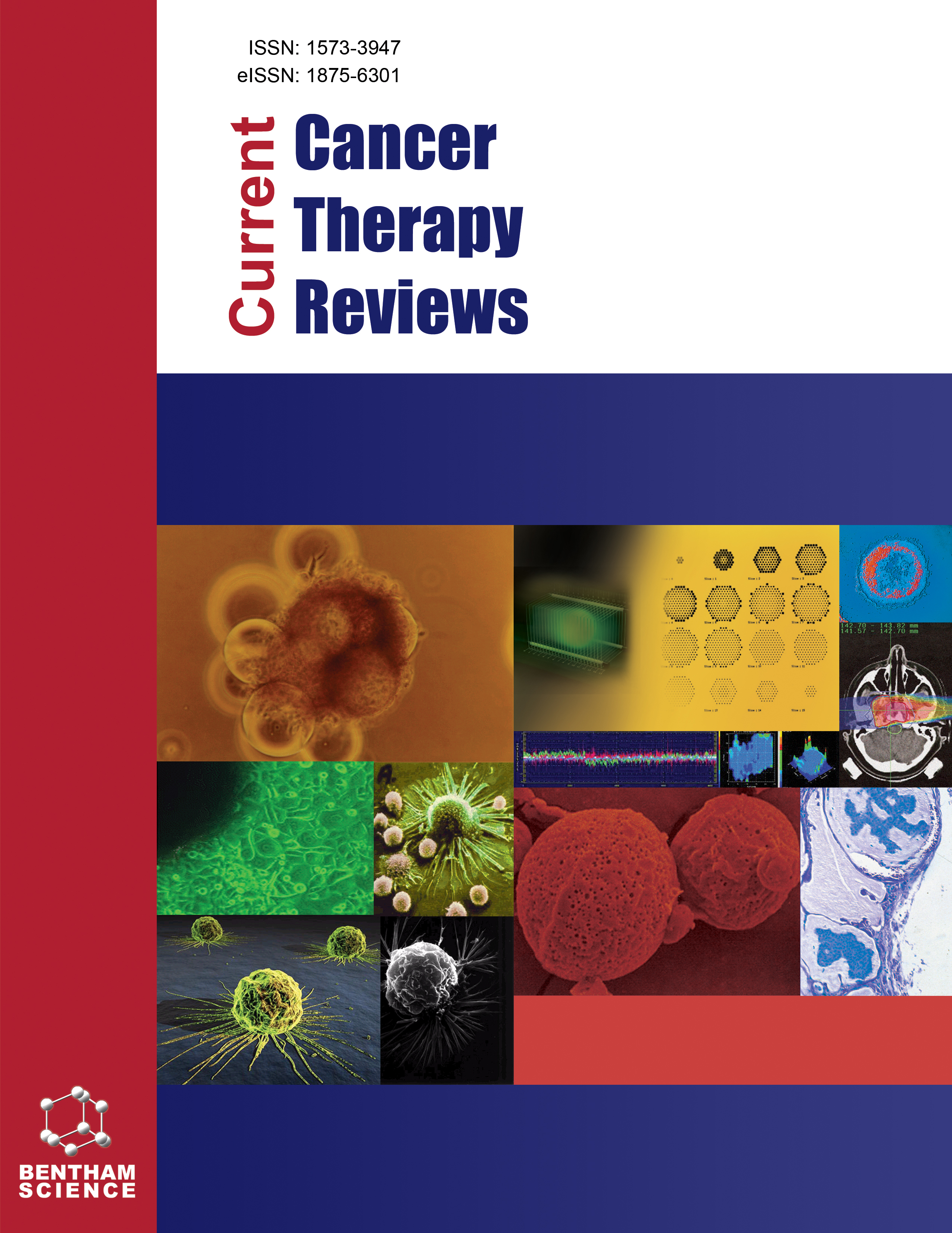
Full text loading...
We use cookies to track usage and preferences.I Understand
This article highlights the therapeutic use of electrospun biopolymers in cancer treatment. An overview of cancer and electrospun is presented at the beginning. The reasons for electrospinning, the elements that influence electrospinning, and the most recent breakthroughs in the utilization of electrospun nanofibers in cancer research are then explored. The insertion of drugs, managing emission kinetics, alignment and proper arrangement of nano range fibers, and the production of 3D nanofibers are all discussed as essential characteristics of electrospun nanofibers that are extremely important for cancer research.

Article metrics loading...

Full text loading...
References


Data & Media loading...

